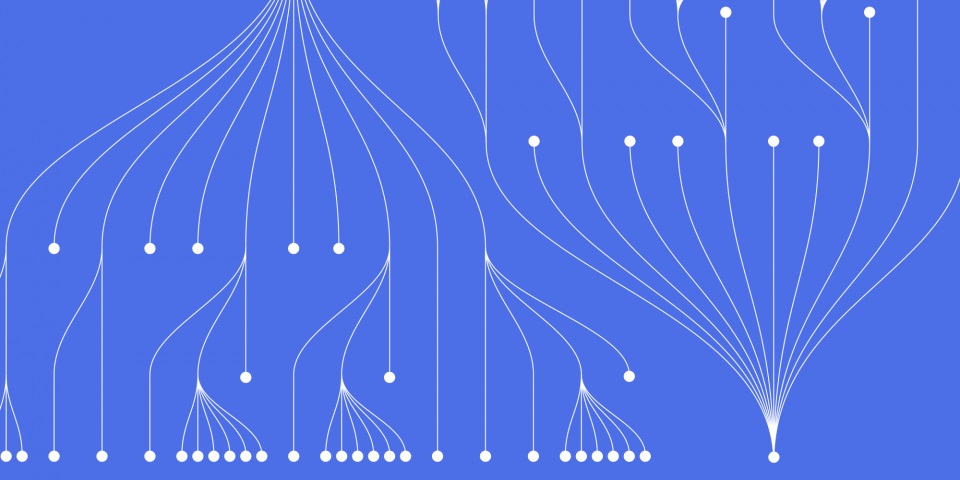
27 August 2019
Many companies are now using Micro FrontEnds with great success and starting to say goodbye to the old monolith front-end way of doing things. Micro FrontEnds offer many benefits over Monolith FrontEnds for many applications, which is why we see more and more businesses opting for this approach. This isn’t all too surprising either, developers have been using this approach for back-end services for some time now, splitting the monolith into smaller and more manageable fragments. Let us take a look at why Micro FrontEnds are becoming popular for businesses.
The FrontEnd Developer Experience
Managing monolith code can be very difficult, especially if it is a large application. With large applications and hundreds and hundreds of lines of code, there’s unlikely to be one developer who understands the full FrontEnd. This can lead to problems managing the application, a problem that is easily solved with Micro FrontEnds. With a Micro FrontEnd, developers will be assigned a specific area of the application where they can develop a greater level of expertise and as a result, add more value to the business.
Micro FrontEnds also support autonomous teams. In a Micro FrontEnd solution, teams can take ownership of certain sections of a product, leading to improved team cohesiveness, stronger technical knowledge, and more control over the vision of the product. Businesses choose to split up the code and teams in different ways. Some businesses opt to carve up the product based on what the end-user will see, for example, distinct pages or services, and other businesses may take a different approach. One thing is clear though, businesses take a vertical approach to designing their teams, rather than a horizontal one.
This means that each microservice within the FrontEnd will have different elements in common with other microservice teams, for example, both will have dedicated API code and support, and someone to handle business logic and data. These individuals will belong to that Micro FrontEnd team, rather than a wider “data team” or “API Team”. This is one of the foundational principles of Micro FrontEnds that allows it to be so successful.
Scalability and Independent Deployment
A codebase often develops over time until it becomes entirely different from its original purpose. With a monolith FrontEnd, this can present technical challenges where the code becomes unmanageable. With a Micro FrontEnd solution, code can be scaled more appropriately with each team managing a smaller section of the code.
With a Micro FrontEnd, there is more room for independent deployment within each microservices team. Not only does this vastly reduce the scope of deployment, something which would be more larger with a monolith FrontEnd, but it also reduces the risk of new deployments. It also gives businesses greater freedom to make impactful changes to the code, knowing it will only affect one area of the FrontEnd. There is less risk and more room for innovation, both of which are great for business.
Micro FrontEnds Architecture
Micro FrontEnds architecture has developed from the success of microservices architecture as FrontEnd developers and businesses saw the benefits to these design principles, techniques, and technologies. Mirco FrontEnd solutions are designed to be flexible, scalable, and future-proof.
You can find out more about Micro FrontEnds, by taking our training course for Micro FrontEnd. Take a look at the Micro FrontEnd course highlights here.
By JBI Training.

CONTACT
+44 (0)20 8446 7555
Copyright © 2025 JBI Training. All Rights Reserved.
JB International Training Ltd - Company Registration Number: 08458005
Registered Address: Wohl Enterprise Hub, 2B Redbourne Avenue, London, N3 2BS
Modern Slavery Statement & Corporate Policies | Terms & Conditions | Contact Us
POPULAR
AI training courses CoPilot training course
Threat modelling training course Python for data analysts training course
Power BI training course Machine Learning training course
Spring Boot Microservices training course Terraform training course